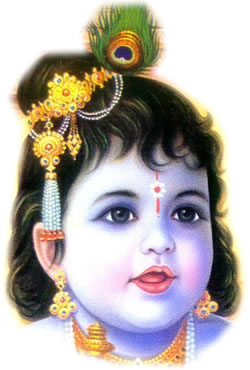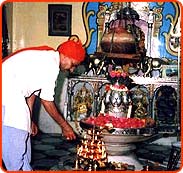





The Religion of Buddha: The religion of Buddha began in 563 B.C. If you believe in Buddha, you are called a Buddhist. Buddhists believe in karma and rebirth. Karma determines in which form a person is reborn and rebirth is a second birth. Also, Buddhists believe in the Three Universal Truths
First, everything in life is constantly changing and impermanent. Second, everything is unsatisfactory in life because everything is impermanent. Finally, there is the Third Universal Truth which means that there is no eternal soul. What is called the "self "is just a bunch of changing characteristics.Buddha was a real person who taught this religion. He lived to the age of 80. Buddha was a prince, better known as SIDHATTA GOTAMA. The young prince taught many things. One of which are The Four Noble Truths. The Four Noble Truths are along the same lines as the Three Universal Truths. Buddha's life ended in about 483 B.C., though Buddhism is still continued today.





religion and philosophy founded in India c.525 B.C. by Siddhartha Gautama, called the Buddha Buddha (b `d?, b –) [Skt. ..... Click the link for more information. . There are over 300 million Buddhists worldwide. One of the great world religions, it is divided into two main schools: the Theravada or Hinayana in Sri Lanka and SE Asia, and the Mahayana in China, Mongolia, Korea, and Japan. A third school, the Vajrayana, has a long tradition in Tibet and Japan. Buddhism has largely disappeared from its country of origin, India, except for the presence there of many refugees from the Tibet region of China and a small number of converts from the lower castes of Hinduism
The basic doctrines of early Buddhism, which remain common to all Buddhism, include the "four noble truths": existence is suffering (dukhka); suffering has a cause, namely craving and attachment (trishna); there is a cessation of suffering, which is nirvana nirvana (nervä`n?), in Buddhism , Jainism , and Hinduism , a state of supreme liberation and bliss, contrasted to samsara or bondage in the repeating cycle of death and rebirth. ; and there is a path to the cessation of suffering, the "eightfold path" of right views, right resolve, right speech, right action, right livelihood, right effort, right mindfulness, and right concentration. Buddhism characteristically describes reality in terms of process and relation rather than entity or substance. Experience is analyzed into five aggregates (skandhas). The first, form (rupa), refers to material existence; the following four, sensations (vedana), perceptions (samjna), psychic constructs (samskara), and consciousness (vijnana), refer to psychological processes. The central Buddhist teaching of non-self (anatman) asserts that in the five aggregates no independently existent, immutable self, or soul, can be found. All phenomena arise in interrelation and in dependence on causes and conditions, and thus are subject to inevitable decay and cessation. The casual conditions are defined in a 12-membered chain called dependent origination (pratityasamutpada) whose links are: ignorance, predisposition, consciousness, name-form, the senses, contact, craving, grasping, becoming, birth, old age, and death, whence again ignorance. With this distinctive view of cause and effect, Buddhism accepts the pan-Indian presupposition of samsara, in which living beings are trapped in a continual cycle of birth-and-death, with the momentum to rebirth provided by one's previous physical and mental actions (see karma karma or karman (kär`m?, kär`m?n), [Skt.,=action, work, or ritual], basic concept common to Hinduism , Buddhism , and Jainism . . The release from this cycle of rebirth and suffering is the total transcendence called nirvana. From the beginning, meditation and observance of moral precepts were the foundation of Buddhist practice. The five basic moral precepts, undertaken by members of monastic orders and the laity, are to refrain from taking life, stealing, acting unchastely, speaking falsely, and drinking intoxicants. Members of monastic orders also take five additional precepts: to refrain from eating at improper times, from viewing secular entertainments, from using garlands, perfumes, and other bodily adornments, from sleeping in high and wide beds, and from receiving money. Their lives are further regulated by a large number of rules known as the Pratimoksa. The monastic order (sangha) is venerated as one of the "three jewels," along with the dharma, or religious teaching, and the Buddha. Lay practices such as the worship of stupas (burial mounds containing relics) predate Buddhism and gave rise to later ritualistic and devotional practices.

